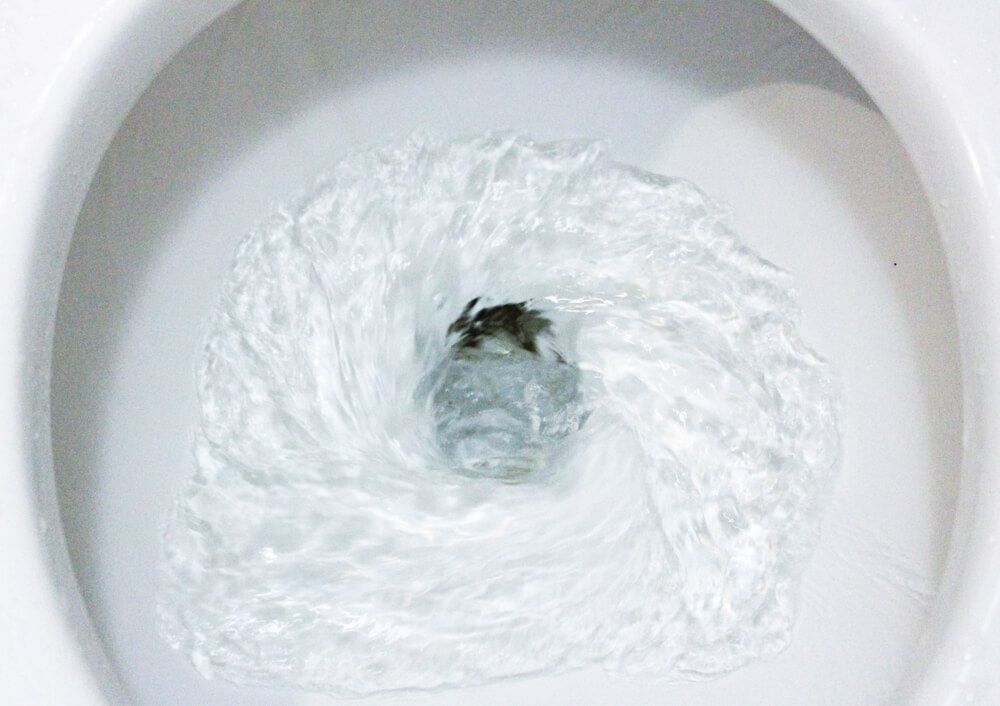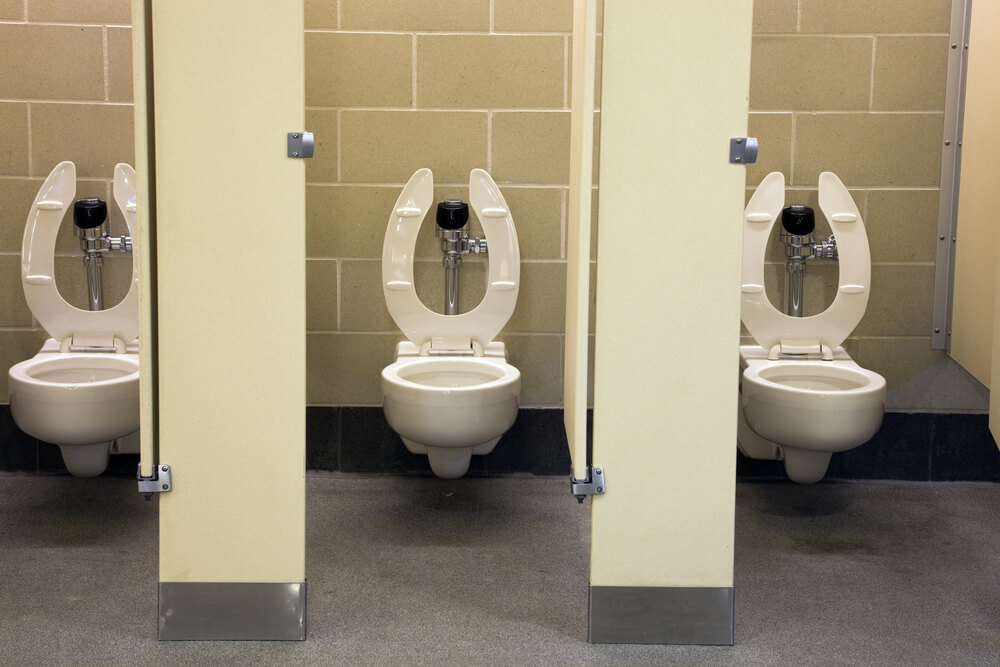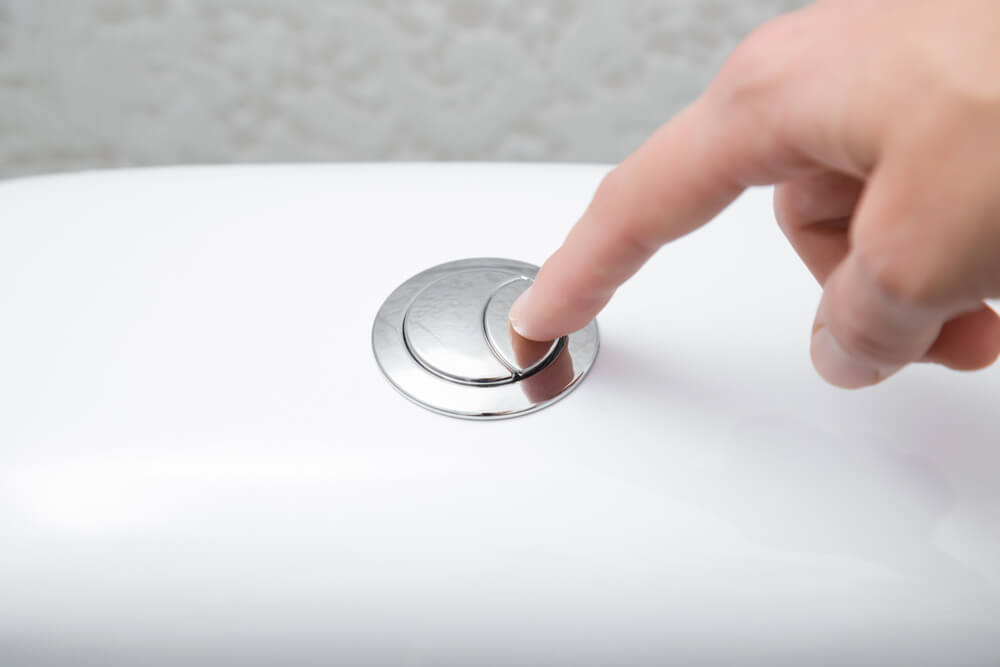Finding the Perfect Flush: Understanding Toilet Flushing Power for Homes and Businesses
When it comes to toilets, many of us take their flushing power for granted. However, the efficiency of a toilet’s flush is a crucial factor for both homeowners and commercial buildings.
Whether you’re remodeling your bathroom or managing a commercial facility, choosing the right toilet with the right flushing power is essential for water conservation, cleanliness, and overall functionality.
In this comprehensive guide, we’ll explore everything you need to know about toilet flushing power, including high-efficiency toilets, gravity flush toilets, and pressure-assist toilets, to help you make an informed decision for your specific needs.

The Importance of Flushing Power
Toilets serve a fundamental purpose in our daily lives, and their functionality is non-negotiable.
A toilet’s flushing power determines its ability to effectively and efficiently remove waste, preventing clogs and odors. It’s essential to strike a balance between conserving water and ensuring thorough waste removal.
Both residential and commercial settings have unique requirements and considerations when it comes to flushing power.
Residential Homeowner Flushing Power Considerations
For residential homeowners, toilets play a vital role in everyday comfort and hygiene. Here are some considerations for choosing the right toilet with optimal flushing power:
- Water Conservation: In today’s eco-conscious world, water conservation is a top priority. High-efficiency toilets (HETs) are designed to use significantly less water per flush than traditional toilets while still maintaining excellent flushing power. These toilets
typically use 1.28 gallons per flush (gpf) or less, as opposed to the older 3.5 gpf models. - Toilet Type: There are two primary types of toilets in residential settings—gravity flush and pressure-assist toilets. Each has its own flushing mechanism, affecting flushing power differently.
- Gravity Flush Toilets: These toilets rely on the force of gravity to remove waste. They use a simple, time-tested mechanism where water is released from the tank to create enough pressure for a thorough flush. While some older gravity flush toilets may lack flushing power, modern ones have improved designs to enhance their performance.
- Pressure Assist Toilets: Pressure-assist toilets use a combination of air pressure and water to create a more forceful flush. These toilets are known for their powerful flushing capabilities, making them a suitable choice if you’re concerned about flushing power.
- Bowl Shape and Size: The shape and size of the toilet bowl can also influence flushing power. Elongated bowls typically offer better flushing performance than round ones, as they have a larger surface area for waste removal.
- Certifications: Look for toilets that are certified by organizations like WaterSense, which ensures they meet water efficiency and performance standards.
Is your toilet flushing power weak? Weak flushing power may be a sign of internal mechanism problems with your toilet. It may be that a simple repair will fix the problem.
Commercial Building Flushing Power Considerations

In commercial buildings, toilets face a higher volume of use and require toilets with strong flushing power. Here are some specific considerations for commercial settings:
- Traffic Volume: Commercial restrooms experience heavy foot traffic throughout the day, and toilets must be up to the task. High-efficiency toilets may be suitable for low-traffic areas within commercial buildings, but for high-traffic restrooms, pressure-assist toilets are often recommended due to their powerful flush.
- Water Usage: Water consumption is a significant concern for commercial facilities, as it directly impacts utility costs. Selecting water-saving toilets can lead to substantial long-term savings, especially in large-scale operations.
- Durability: Commercial toilets need to withstand constant use and potential misuse. Choose toilets made from durable materials that can endure the wear and tear of a bustling commercial environment.
- Accessibility: Compliance with ADA (Americans with Disabilities Act) requirements is essential. Ensure that toilets are accessible to all individuals, including those with disabilities, by installing ADA-compliant models.
Exploring Toilet Types
Now that we’ve covered the importance of flushing power, let’s dive deeper into the three main types of toilets: high-efficiency toilets, gravity flush toilets, and pressure-assist toilets.
High-Efficiency Toilets (HETs)

High-efficiency toilets, as the name suggests, are designed to use water efficiently while maintaining adequate flushing power. Here’s what you need to know about them:
- Water Savings: HETs use approximately 1.28 gpf or less, significantly less than older toilets, which consume anywhere from 3.5 to seven gpf. This reduction in water usage can lead to substantial water bill savings over time. Dual-flush toilets can save even more water by allowing the user to choose how much water is flushed.
- Eco-Friendly: By conserving water, HETs contribute to a greener environment by reducing water wastage and the strain on water resources.
- Performance: Modern HETs are engineered to provide sufficient flushing power, ensuring waste removal without the need for multiple flushes. Their improved design features larger trapways and glazed surfaces for smoother waste removal.
- Variety: HETs come in various styles and designs, allowing homeowners and businesses to choose a model that complements their bathroom aesthetics.
HETs can utilize either gravity or power-assisted flushing. Most residential HETs use gravity as their primary flushing method.
Gravity Flush Toilets
Gravity flush toilets have been a staple in residential bathrooms for decades. While they rely on a simple mechanism, advancements in drain design have improved their flushing power.
Gravity flush toilet attributes:
- Mechanism: Gravity flush toilets use the natural force of gravity to flush waste. When the flush lever is activated, water from the tank is released into the bowl, creating enough pressure to remove waste.
- Water Usage: While older gravity flush toilets could consume more water, modern ones are designed to be water-efficient, typically using 1.28 gpf.
- Reliability: Gravity flush toilets are known for their reliability and ease of maintenance. They have fewer components that can malfunction, making them a popular choice for residential use.
- Cost-Effective: These toilets are often more affordable than pressure-assist models, making them a budget-friendly option for homeowners.
Modern gravity flush toilets are also high-efficiency toilets. By federal mandate, toilet manufacturers can no longer make single-flush toilets that use more than 1.28 gpf.
Pressure-Assist Toilets
Pressure-assist toilets, or power-assist toilets, are favorites in commercial plumbing due to their powerful flushing capabilities.
Here’s what sets pressure-assist toilets apart:
- Flush Power: Pressure-assist toilets use a combination of water and air pressure to create a forceful flush. This results in a vigorous waste removal process, making them highly effective for commercial settings.
- Water Usage: While pressure-assist toilets are powerful, they are also water-efficient, using around 1.0 to 1.6 gpf. This balance between flushing power and water conservation is ideal for commercial spaces.
- Durability: These toilets are built to withstand heavy use. The pressure-assist mechanism adds to their durability, making them less prone to clogs and blockages.
- Noise: One drawback of pressure-assist toilets is the noise generated during flushing. The air pressure can produce a loud sound, which may not be suitable for quieter residential settings.
Choosing the Right Toilet for Your Needs
Now that you have a better understanding of the different toilet types and their flushing power, let’s explore how to choose the right one for your specific needs.
Residential Considerations
- Water Efficiency vs. Flushing Power: If you’re a residential homeowner, weigh the importance of water conservation against flushing power. High-efficiency toilets strike a balance, but if you have concerns about flushing power, consider a pressure-assist model.
- Bathroom Size: In smaller bathrooms, consider space-saving designs and round bowls. Elongated bowls are ideal for larger bathrooms and often offer better flushing performance.
- Budget: Gravity flush toilets are budget-friendly, while high-efficiency toilets may have a slightly higher upfront cost. Pressure-assist toilets, though powerful, tend to be pricier.
- Certifications: Look for WaterSense and other relevant certifications to ensure that your chosen toilet meets efficiency and performance standards.
Commercial Considerations
- Traffic Volume: Determine the level of foot traffic your restroom receives. High-traffic areas benefit from pressure-assist toilets, while low-traffic areas may suffice with high-efficiency models.
- Water Savings: For cost-effective operations, prioritize water-saving toilets. The reduction in water usage can result in substantial savings over time, especially with a high traffic volume.
- Durability: Invest in durable toilets that can withstand constant use and potential misuse. Pressure-assist toilets are known for their robust build.
- Accessibility: Ensure that your restroom facilities are ADA-compliant to accommodate individuals with disabilities.
- Maintenance: Consider ease of maintenance. Gravity flush toilets are generally easier to maintain due to their simple design.
Which Type of Toilet Should I Choose?
The flushing power of toilets is a crucial consideration for both residential homeowners and commercial facilities. Striking a balance between water conservation and effective waste removal is essential for environmentally conscious choices and cost-effective operations.
High-efficiency toilets (HETs) are ideal for those looking to conserve water without compromising flushing power.
Gravity flush toilets, with their reliability and affordability, are well-suited for residential use.
On the other hand, pressure-assist toilets excel in commercial settings, offering powerful flushing capabilities and durability.
Ultimately, the choice of toilet should align with your specific needs—whether you’re aiming to create an eco-friendly home or manage a bustling commercial facility. By understanding the options available and considering the factors discussed in this guide, you can find the perfect toilet that combines efficiency, functionality, and flushing power for your space.
If your toilet has weak flushes, contact your local plumber to find the problem. If you’re ready to replace your toilet with a gravity, high-efficiency, or power-assist toilet, contact Dauenhauer Plumber. We offer expert toilet repairs and replacements in Lexington and Louisville, Kentucky.
Contact us today to schedule an appointment for a toilet quote so you can reap the benefits of powerful flushing in your own home.